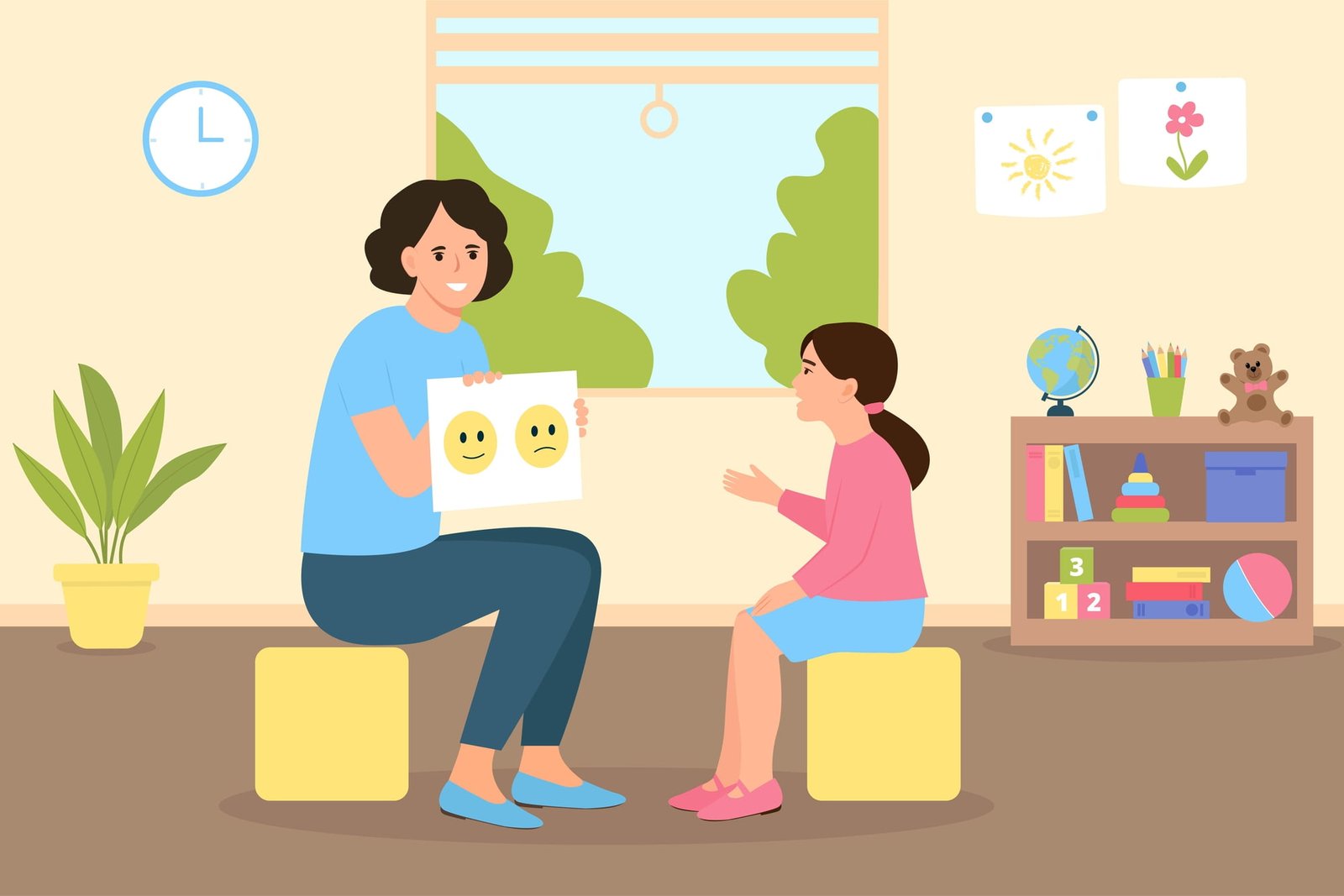Parenting a child with ADHD is a unique journey that requires flexibility, understanding, and a deep commitment to your child’s success. When you take on the role of both a psychologist and a teacher for your child, you empower them to thrive, not just cope. But how do you embrace these roles effectively? Here’s how to become your child’s ultimate guide in navigating the challenges of ADHD.
Understanding the ADHD Mindset
ADHD isn’t just about hyperactivity or inattention. It’s about how your child experiences the world differently. To become the best psychologist for your child, start by understanding their specific challenges. Some children struggle with focus, while others may have trouble with impulse control or emotional regulation.
As a parent, listening to your child’s frustrations and fears is crucial. Make space for open conversations about their feelings and reassure them that their struggles are valid and understood. Empathy is critical in building trust and helps you address the emotional aspects of ADHD with greater insight.
Embrace Emotional Coaching
One of the most important aspects of being your child’s psychologist is teaching them how to manage their emotions. Emotional coaching is a strategy for guiding your child through recognizing, labeling, and understanding their feelings.
When your child is overwhelmed, help them take deep breaths, name the emotions they’re experiencing, and talk through what triggered those feelings. By offering this kind of support, you show them how to process their emotions healthily.
Tip: Incorporate daily emotional check-ins with your child. A simple “How are you feeling today?” can open doors to deeper conversations.
Tailor Your Teaching Style
Children with ADHD often learn differently, so it is essential to adopt a teaching style that matches their needs. Traditional teaching methods might not always work, so be creative and flexible as your child’s teacher.
Break tasks down into smaller, manageable steps. Use visual aids, interactive tools, and hands-on activities to maintain your child’s attention. Encourage movement during learning sessions, as physical activity can help them stay focused.
Tip: If your child gets distracted easily, try using timers or structured breaks to help them reset their focus.
Develop Consistent Routines
Routines offer structure, which is especially beneficial for kids with ADHD. A predictable daily routine helps your child know what to expect, reducing anxiety and creating an environment where they can succeed.
As a teacher, establish a straightforward homework routine. Set aside a specific time and place for schoolwork, free from distractions. Use visual schedules or checklists to help your child stay on track.
As a psychologist, I use routines to build emotional safety. Create consistent times for discussing feelings, addressing challenges, or unwinding after a long day.
Tip: Start small by introducing a few consistent daily habits, like morning check-ins and evening reviews, and gradually build up more structure as your child adjusts.
Foster Independence Through Problem-Solving
As a parent, you can’t always solve your child’s problems. Teaching independence through problem-solving is an essential skill. Please encourage your child to think through issues independently before stepping in with advice.
Ask questions like, “What do you think will happen if you try this?” or “How can you approach this differently?” By guiding students to find solutions, you help build confidence and critical thinking skills.
Tip: Praise the effort, not just the outcome. Even if the solution isn’t perfect, acknowledge your child’s attempt to solve the problem.
Use Positive Reinforcement
Positive reinforcement is one of the most effective strategies in shaping behavior for children with ADHD. Instead of focusing on mistakes, highlight their successes. Offer praise, rewards, or privileges when they complete a task, demonstrate patience, or manage their emotions well.
This feedback boosts your child’s self-esteem and motivates them to continue making progress. As both their teacher and psychologist, your encouragement is vital in helping them believe in their abilities.
Tip: Create a reward system, such as a sticker chart, where your child can earn small rewards for positive behaviors. Keep the goals realistic and achievable.
Model the Behavior You Want to See
Children often mirror their parents’ actions. By demonstrating patience, emotional regulation, and a positive attitude, you’re setting a powerful example for your child. Embodying these traits in your own life will show them how to handle frustration, manage time, and stay organized.
Tip: Practice mindfulness or relaxation techniques together. This will help you stay calm and teach your child valuable coping mechanisms.
Be Your Child’s Advocate
Part of being your child’s best psychologist and teacher is advocating for them at school and in social settings. Understand their educational needs and ensure they receive the support they deserve, whether it’s through an Individualized Education Program (IEP), 504 Plan, or specialized learning accommodations.
Communicate openly with teachers, counselors, and doctors about what strategies work best for your child. The more you advocate for them, the more they’ll feel supported and understood.
Tip: Keep a journal of what strategies or techniques work well at home, and share these insights with your child’s teachers.
Becoming a psychologist and a teacher for your child with ADHD is a journey filled with challenges, but it’s also one of the most rewarding roles you’ll ever take on. By understanding their unique needs, teaching them how to manage their emotions, and fostering their independence, you empower your child to not just survive but thrive.
Remember, it’s about progress, not perfection. With your consistent guidance, your child can develop the skills and confidence to navigate the complexities of ADHD and reach their full potential.
